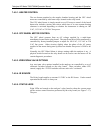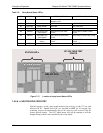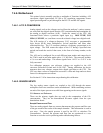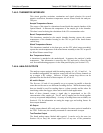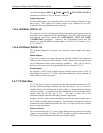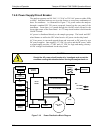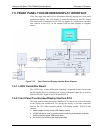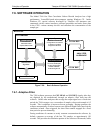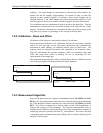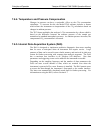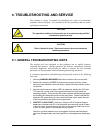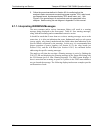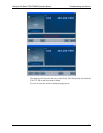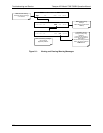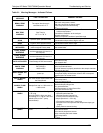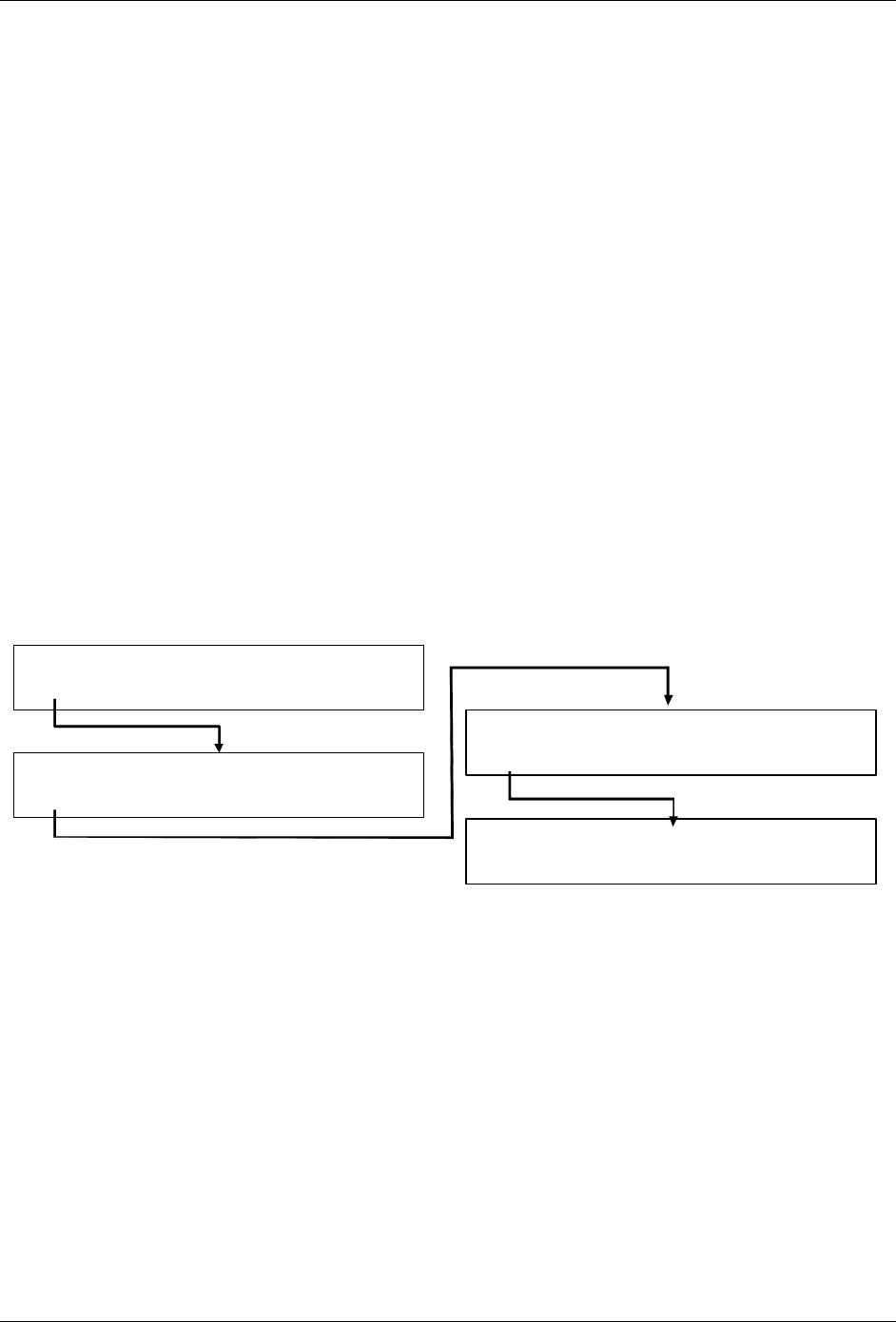
Teledyne API Model T360/T360M Operation Manual Principles of Operation
221
readings. If a rapid change in concentration is detected the filter includes, by
default, the last 48 samples, approximately 10 seconds of data, to allow the
analyzer to more quickly respond. If necessary, these boxcar lengths can be
changed between 1 and 1000 samples but with corresponding tradeoffs in rise
time and signal-to-noise ratio (contact Technical Support for more information).
Two conditions must be simultaneously met to switch to the short filter. First the
instantaneous concentration must exceed the average in the long filter by a fixed
amount. Second the instantaneous concentration must exceed the average in the
long filter by a portion, or percentage, of the average in the long filter.
7.6.2. Calibration - Slope and Offset
Calibration of the analyzer is performed exclusively in software.
During instrument calibration (see Calibration Section) the user enters expected
values for zero and span via the front panel touchscreen and commands the
instrument to make readings of calibrated sample gases for both levels. The
readings taken are adjusted, linearized, and compared to the expected values,
With this information the software computes values for instrument slope and
offset and stores these values in memory for use in calculating the CO
2
concentration of the sample gas.
The instrument slope and offset values recorded during the last calibration can be
viewed by pressing the following touchscreen button sequence:
SAMPLE RANGE = 50.0 MGM CO2
=XX.XX
SAMPLE TIME = 16:23:34 CO2
=XX.XX
SAMPLE OFFSET = 0.000 CO2
=XX.XX
SAMPLE SLOPE = 1.000 CO2
=XX.XX
7.6.3. Measurement Algorithm
Once the IR photo-detector is signal is demodulated into CO2 MEAS and CO2
REF by the sync/demod board and converted to digital data by the motherboard
the T360 analytical software calculates the ratio between CO2 MEAS and CO2
REF. This value is compared to a look-up table is used, with interpolation, to
linearize the response of the instrument. The linearized concentration value is
combined with calibration slope and offset values, then normalized for changes in
sample gas pressure to produce the final CO
2
concentration. This is the value that
is displayed on the instrument front panel display and is stored in memory by the
analyzer’s DAS system.
07272B DCN6552



